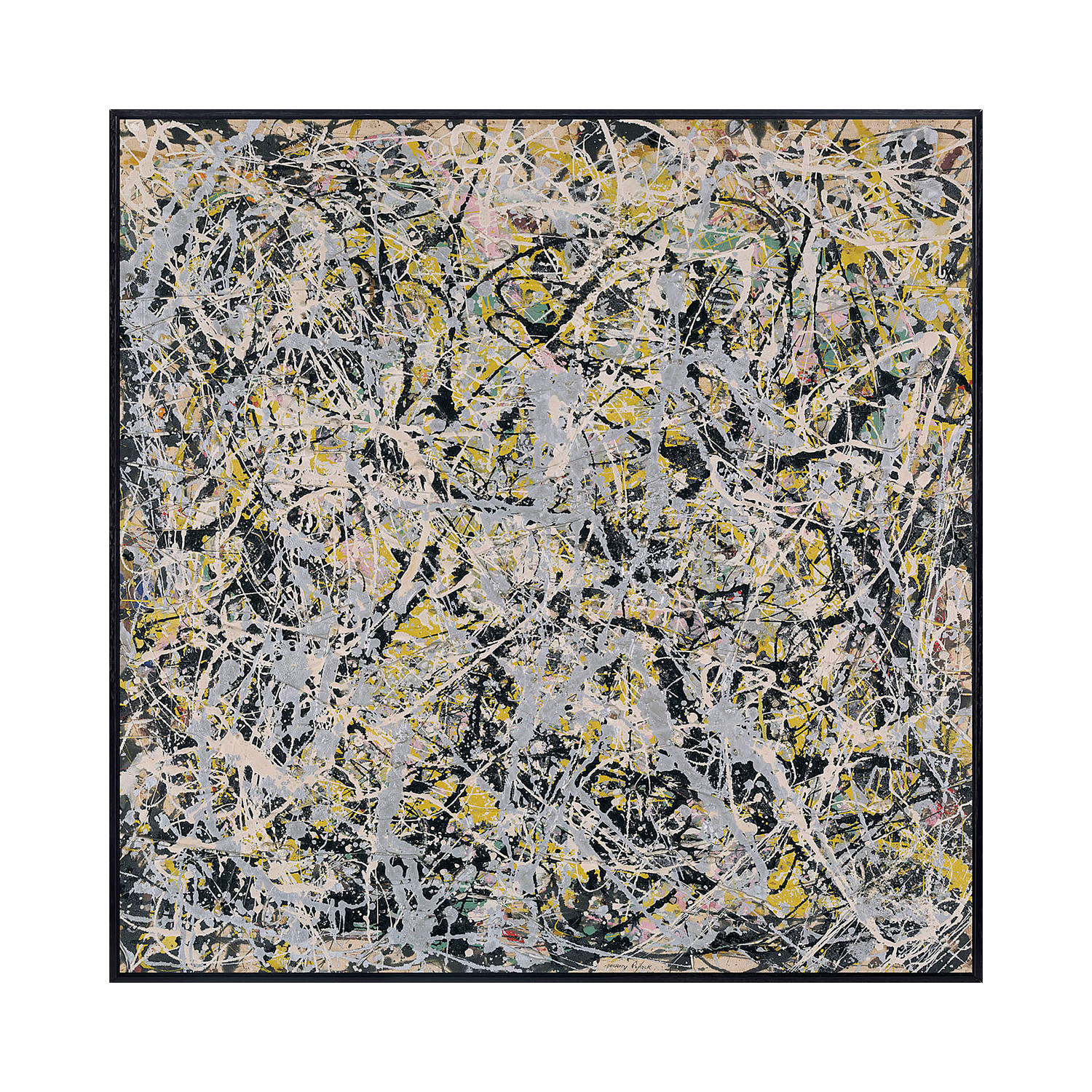
Number 4 // 1949 Pollock Touch of Modern
Robert M. Coates. "The Art Galleries: Extremists." New Yorker (December 9, 1950), p. 110, notes that all of the works in Exh. New York 1950 are only identified by numbers, which "makes referencing them a bit dull"; criticizes no. 30 [this work] as an example of the overall composition suffering at the expense of "a clutter of more or less meaningless embellishment".

Jackson Pollock Summertime Number 9A' Jackson pollock, Art, Pollock
These rhythms also find their way into Summertime: Number 9A, painted in 1948, and reflects Pollock's belief that the "Modern artist… is working and expressing an inner world. the energy, the motion and other inner forces." Using the canvas as a field of action, Pollock builds up complex layers of line and colour that imitate his dance.

Number 8 Jackson Pollock by THALASOCRACIA Issuu
Jackson Pollock ostensibly established himself as an artist unafraid to break from tradition, yet his painting Number 9 (1949) returns to the most rudimentary and essential elements of art. Rather than using line as a vehicle by which to convey forms, Pollock makes the line the subject itself, challenging viewers' perceptions of what constitutes art and the narratives being communicated.
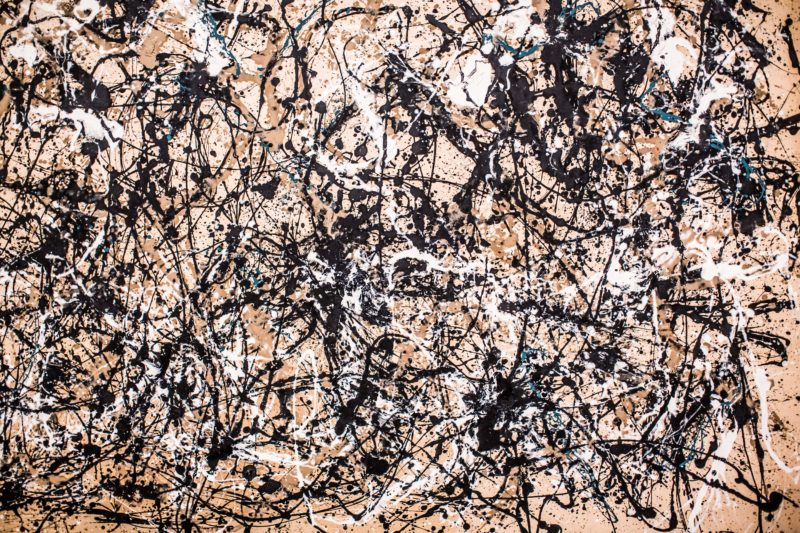
Jackson Pollock’s Autumn Rhythm (Number 30) is no accident
Jackson Pollock's "Mural". Jackson Pollock, Number 1, 1950 (Lavender Mist), 1950, oil, enamel, and aluminum on canvas, Ailsa Mellon Bruce Fund, 1976.37.1. In 1945 Pollock and his wife, artist Lee Krasner, moved to East Hampton on the far end of Long Island, whose light, air, and exquisite coastal geography had drawn a number of artists.
.jpg)
Jackson Pollock (19121956) , Number 19, 1948 Christie's
Jackson Pollock was the commanding figure of the abstract expressionist movement. He began studying painting in 1929 at the Art Students' League in New York City under the regionalist painter Thomas Hart Benton.. Jackson Pollock, Untitled, After Painting Number 9, Silkscreen, 32 7/8 x 26 13/16 in. (83.5 x 68.1 cm) framed, Courtesy of Joan.

The Art History Journal Jackson Pollock
Looking at Jackson Pollock. Why is that important? Looking at Jackson Pollock. by Sal Khan, Dr. Beth Harris and Dr. Steven Zucker. Why is that important? Looking at Jackson Pollock. Watch on. Jackson Pollock, Number 1A, 1948, 1948, oil and enamel paint on canvas, 68″ x 8′ 8″ / 172.7 x 264.2 cm (MoMA)

Jackson Pollock, Summertime Number 9A, 1948 (Tate Modern,… Flickr
Jackson Pollock (born January 28, 1912, Cody, Wyoming, U.S.—died August 11, 1956, East Hampton, New York) was an American painter who was a leading exponent of Abstract Expressionism, an art movement characterized by the free-associative gestures in paint sometimes referred to as " action painting."During his lifetime he received widespread publicity and serious recognition for the.
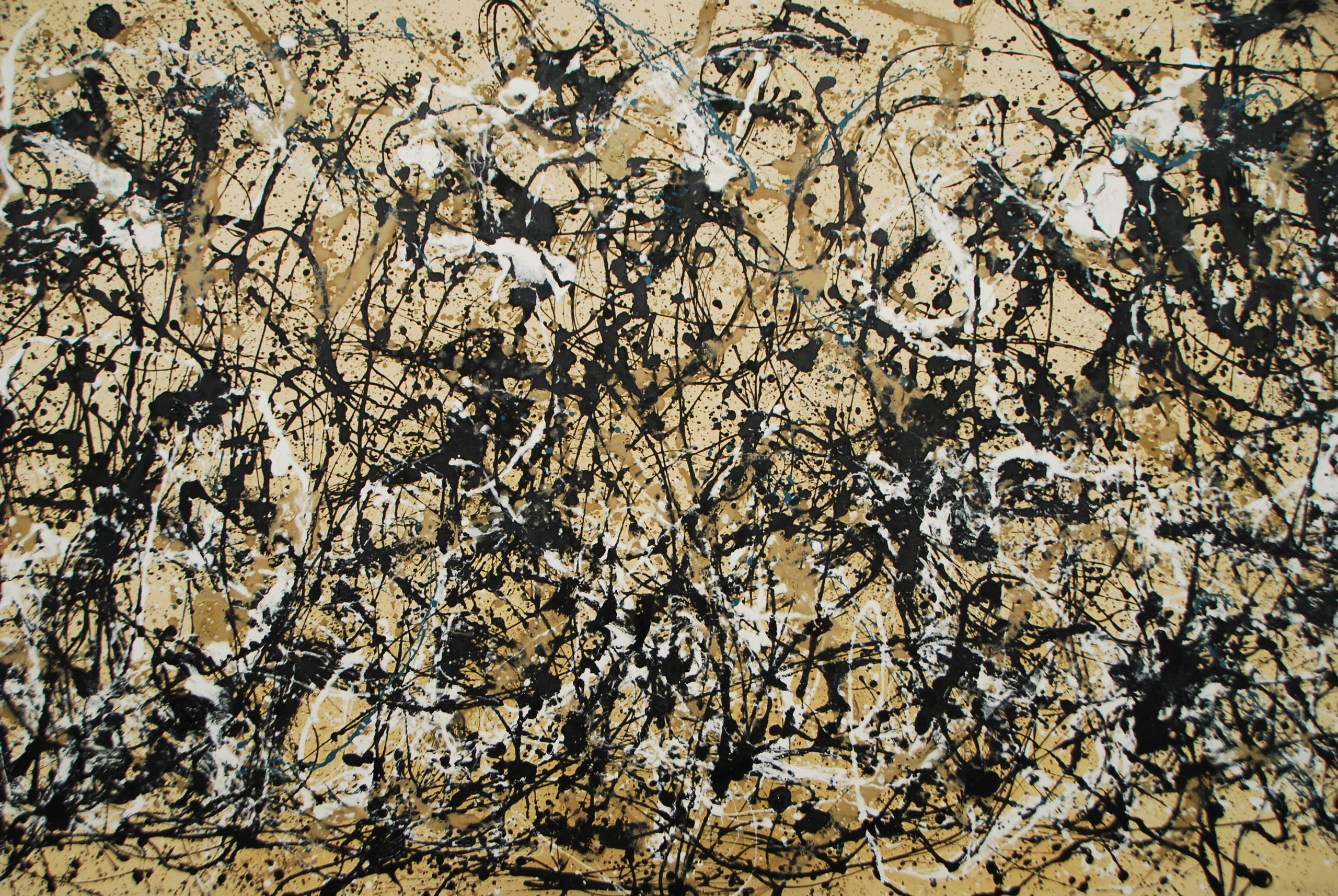
Jackson Pollock’s Autumn Rhythm (Number 30) is no accident
From my Journal - Sept. 25, 1949 - A week-end in Easthampton. In the late afternoon we drove to the Jackson Pollocks, who live in a simple farm house (circa late 19 th cent.) - a farm house which was being transformed and converted by the needs and tastes of the two painters: Jackson Pollock and his wife, Lee Krasner.
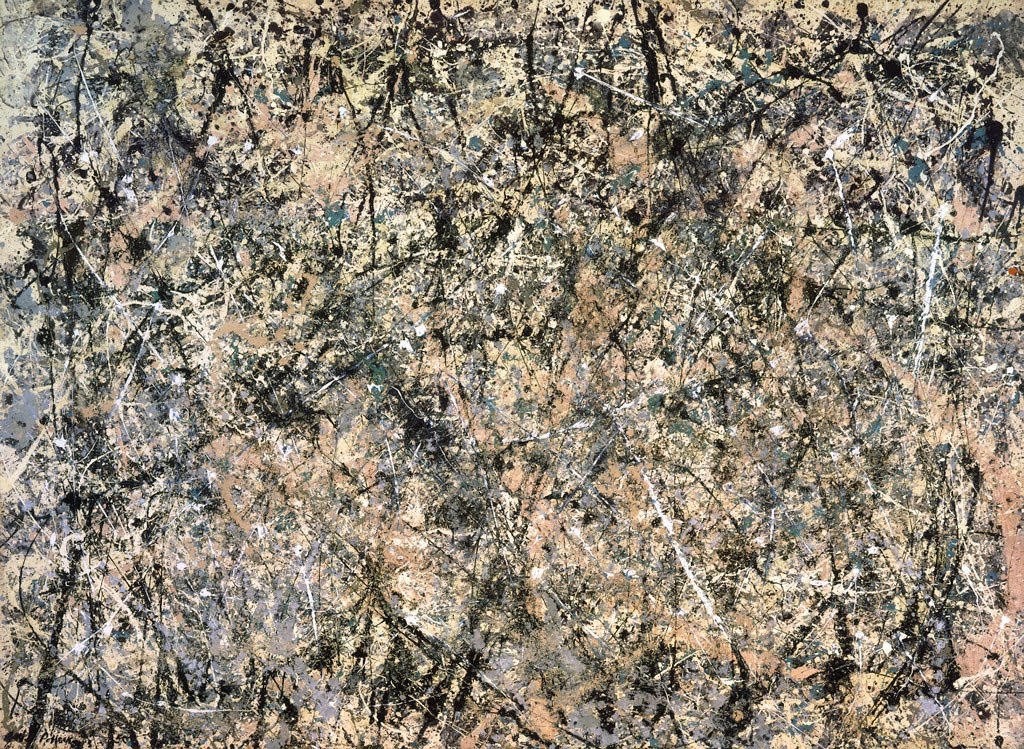
the Art of 12 Modern ART CIA/s weapon? PLEASE UK Independent SHAKESPEARE too?
Jackson Pollock- (born Jan. 28, 1912, Cody, Wyo., U.S. — died Aug. 11, 1956, East Hampton, N.Y.) was an American painter. He grew up in California and Arizona. In the early 1930s he studied in New York City under Thomas Hart Benton, and later he was employed on the WPA Federal Art Project.. Number 9, 1949 Jackson Pollock "Close (esc)".

Summertime Number 9A 1948 by Jackson Pollock 19121956 Paul Housberg
Jackson Pollock's Summertime Number 9A is one of my all time favourite paintings, in many ways it goes perfectly with my love of poetry from the beat era, an.
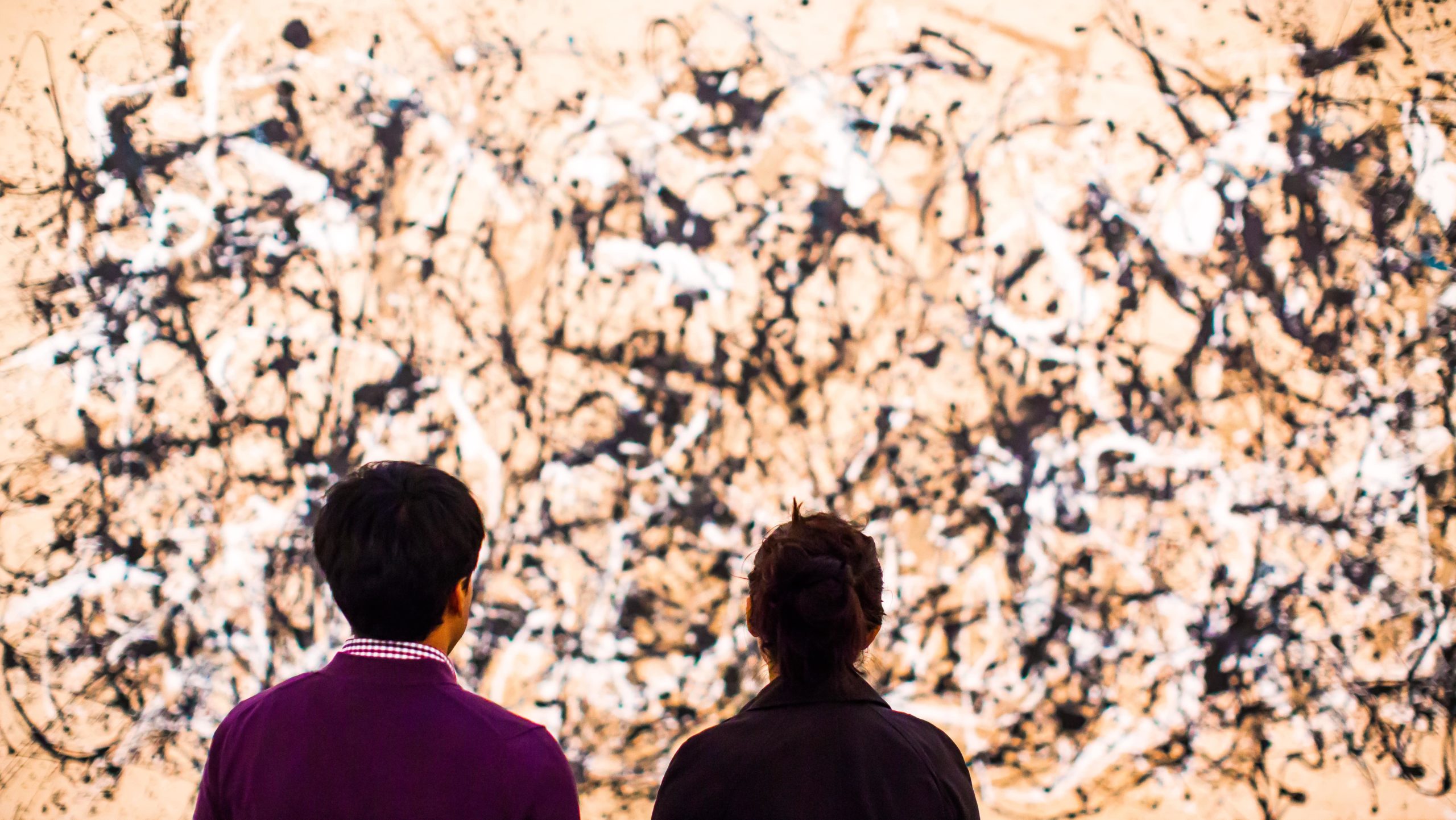
Jackson Pollock’s Autumn Rhythm (Number 30) is no accident
Jackson Pollock made Number 1, 1949 by pouring paint from cans and splattering it from the tips of sticks over an unstretched canvas lying on his studio floor.Because of this orientation, Pollock was physically within the field of the canvas as he spontaneously, rhythmically applied paint. Some critics of the time considered such painting an "arena for action."
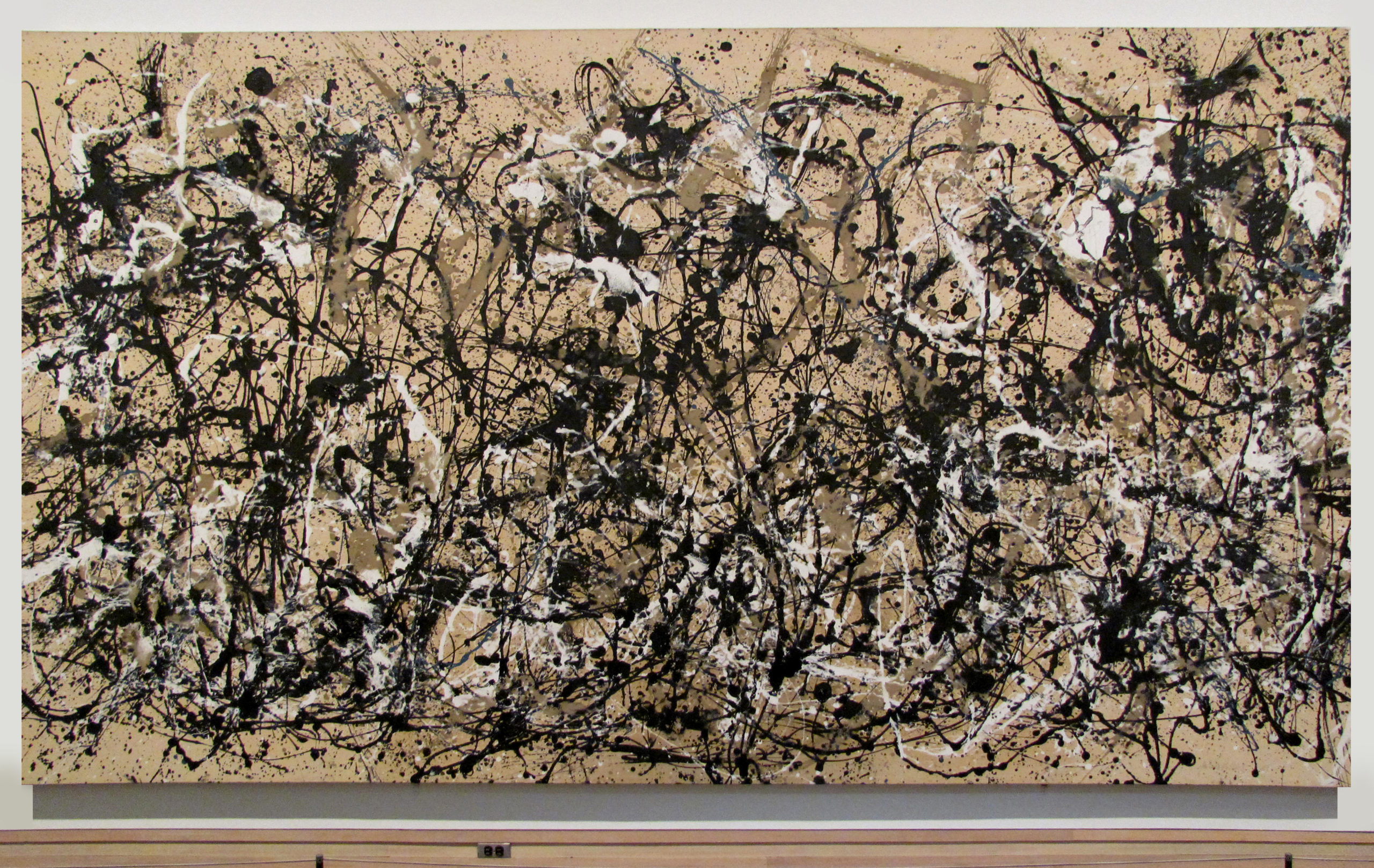
Jackson Pollock’s Autumn Rhythm (Number 30) is no accident
Transcript. Jackson Pollock revolutionized painting by ditching the easel and pouring paint onto a canvas on the floor. Using unconventional tools like sticks and turkey basters, he created an all-over rhythm of lines, liberating them from their traditional role of defining shapes. This action painting method influenced many artists and marked.
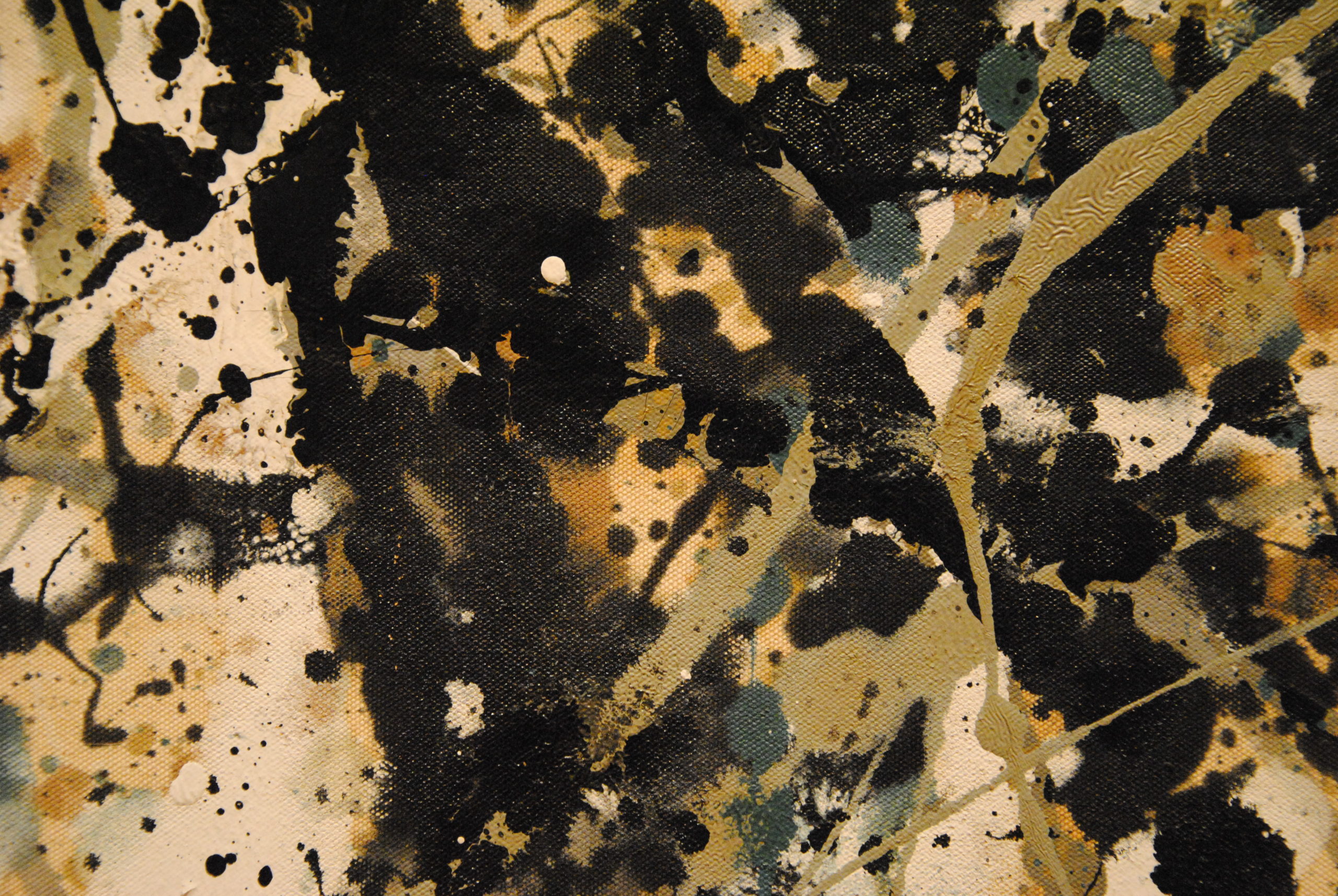
Jackson Pollock’s Autumn Rhythm (Number 30) is no accident
The Nigerian mafia is allowed to ply its illicit trade with the Camorra's permission while giving them a cut of the takings. The Italian mafia went on a killing spree against Nigerians on the.

Summertime Number 9A, 1948 by Jackson Pollock The Unexpected Everything, Navy Walls, Jackson
This portfolio of six screenprints by Jackson Pollock was first shown alongside a large series of his black enamel paintings,known as the "black paintings," at the Betty Parsons Gallery in
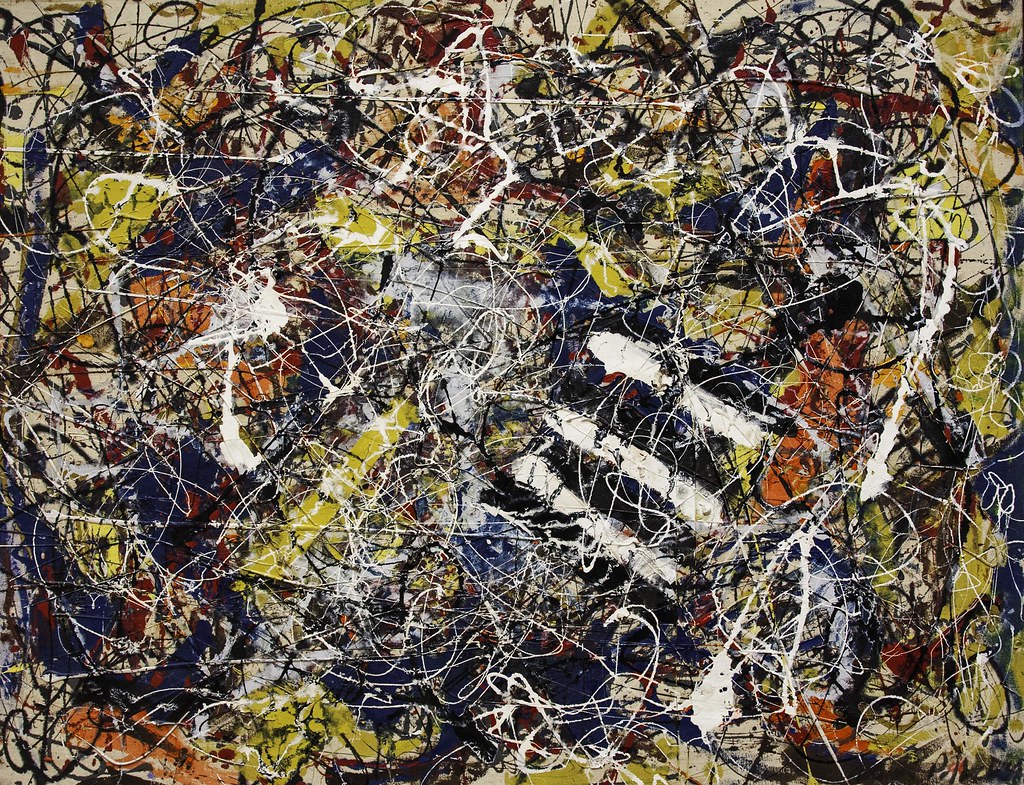
Jackson Pollock Number 17A Kent Baldner Flickr
Artist. Jackson Pollock 1912-1956. Medium. Oil paint, enamel paint and commercial paint on canvas. Dimensions. Support: 848 × 5550 mm. frame: 885 × 5590 × 73 mm. Collection. Tate.

Jackson Pollock Biografie Lebenslauf und Werke des Künstlers Art On Screen NEWS
Jackson Pollock. One: Number 31. 1950 402. 10" x 17' 5 5/8" (269.5 x 530.8 cm). Curator, Ann Temkin: Jackson Pollock is best known for what we have come to call his drip paintings. And drip is probably not so fair a name for them because a lot more is going on here than simply holding a can of paint and dripping it down on to a canvas.